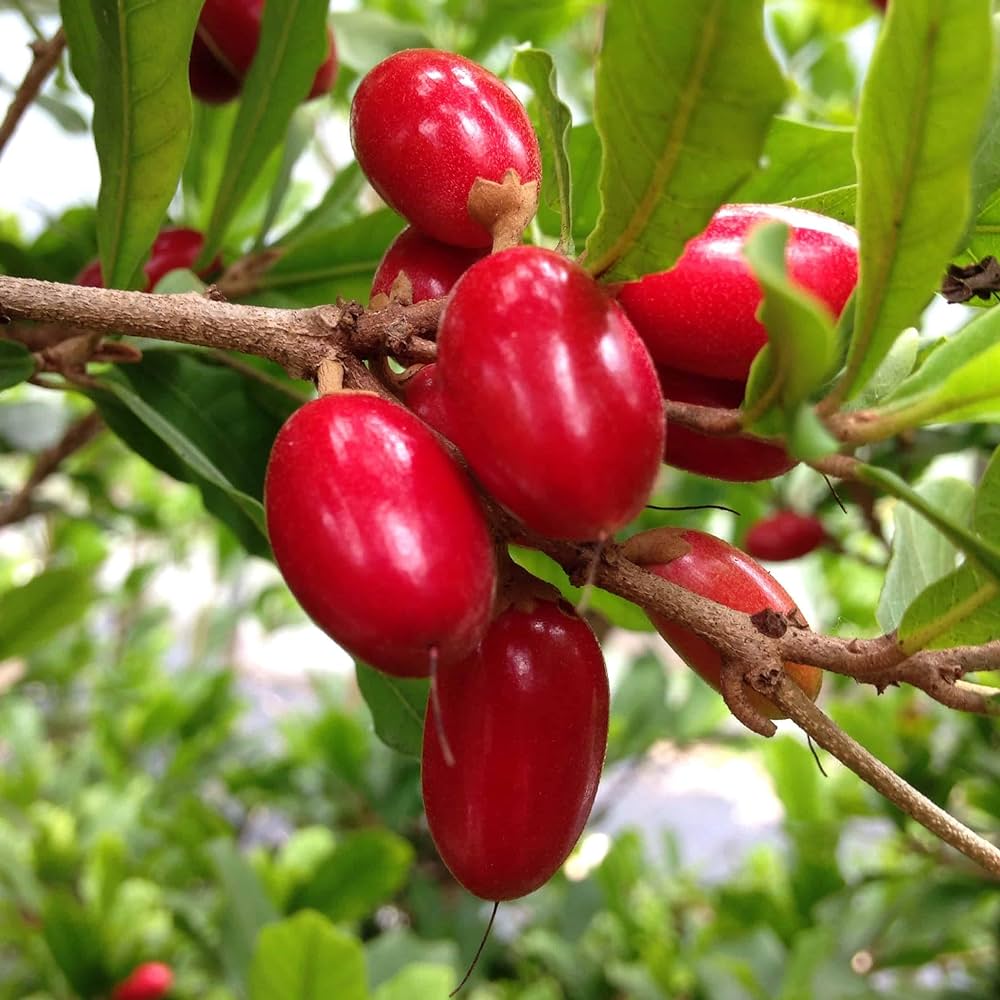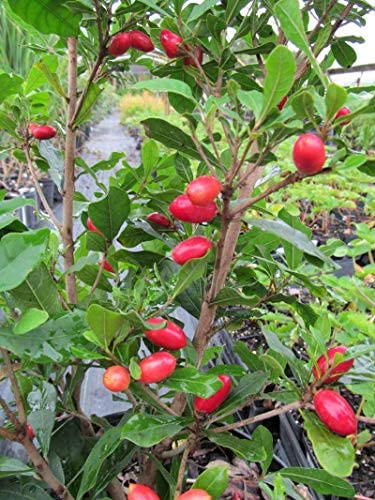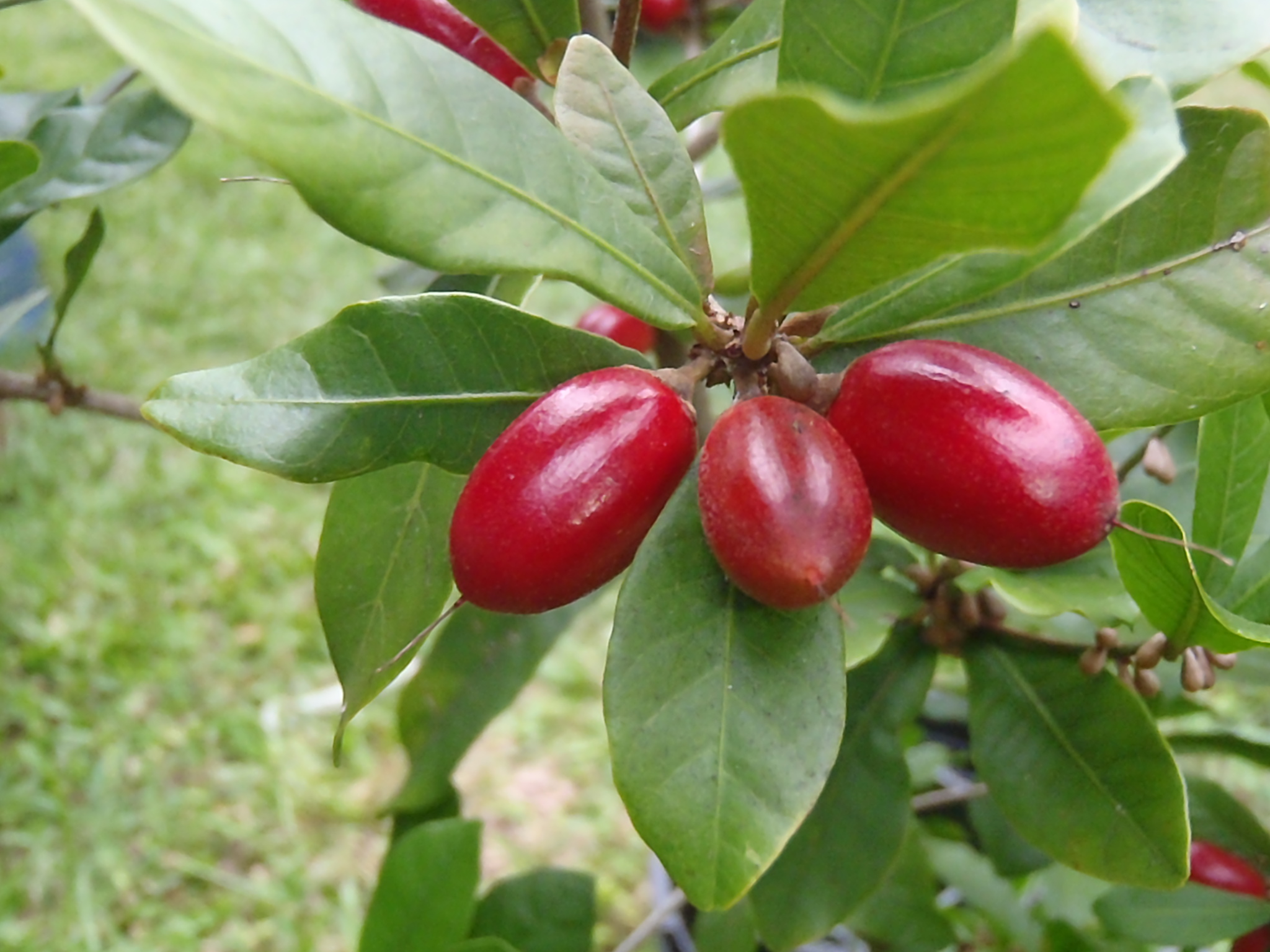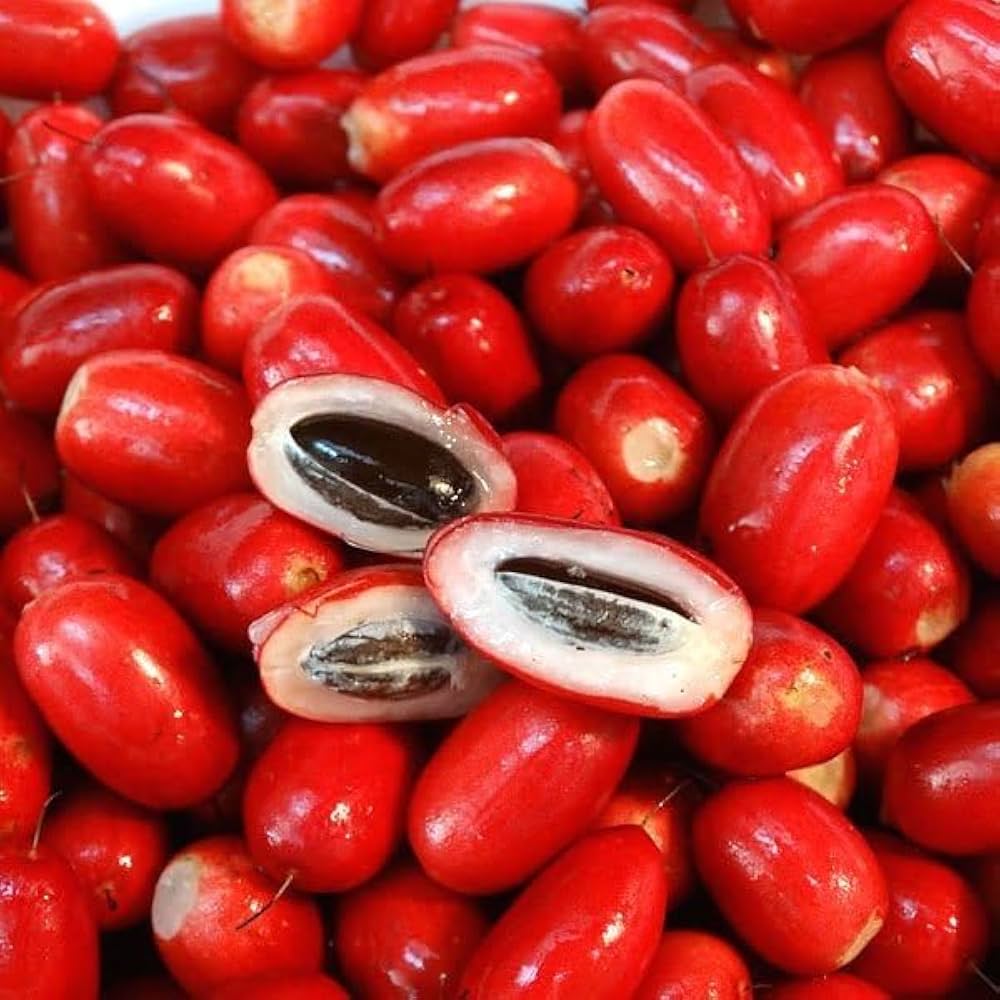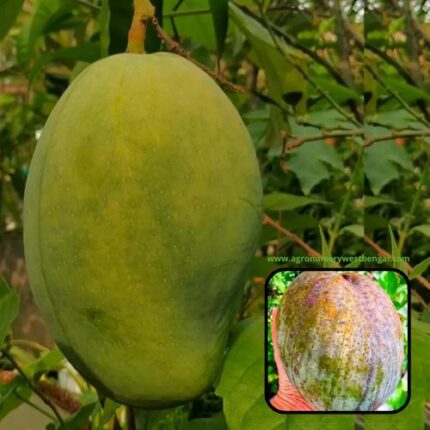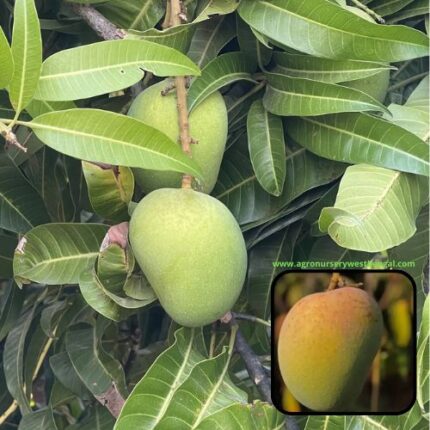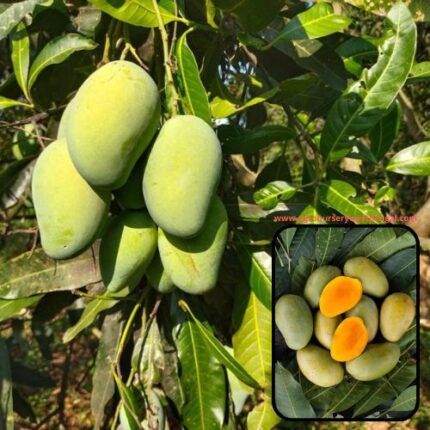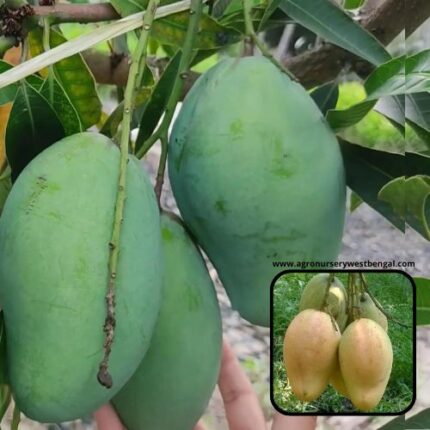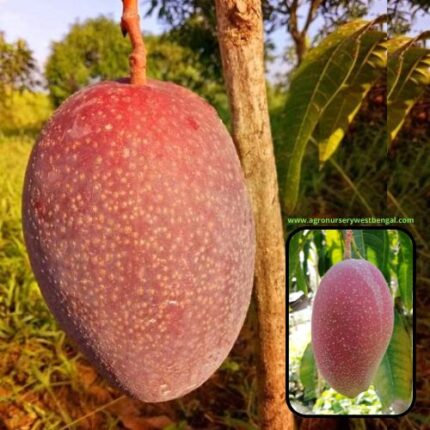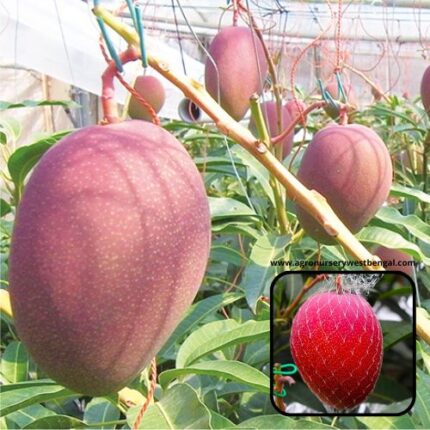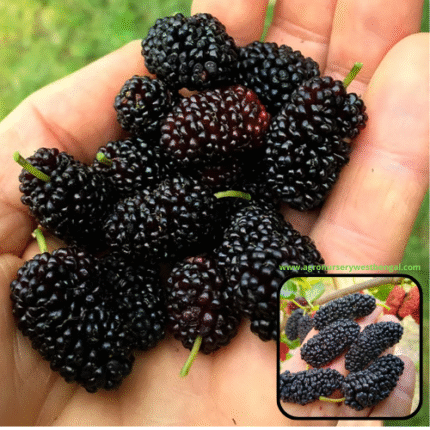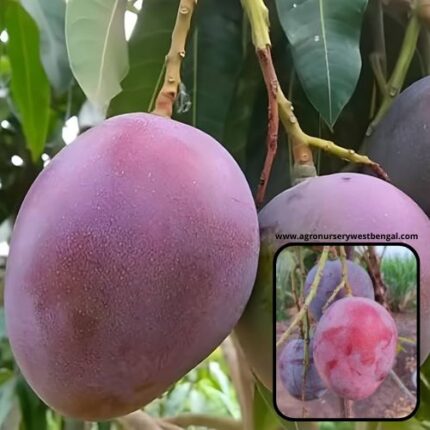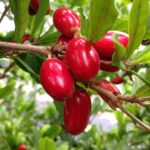
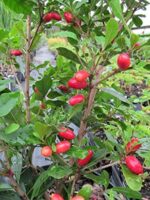
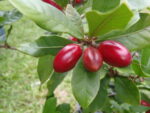
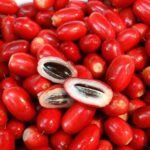
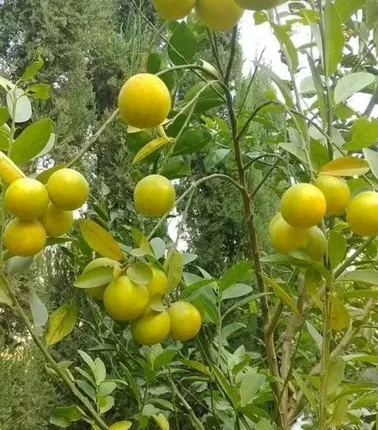
Pakistani Patti Lemon fruit plants
₹899 Original price was: ₹899.₹499Current price is: ₹499.
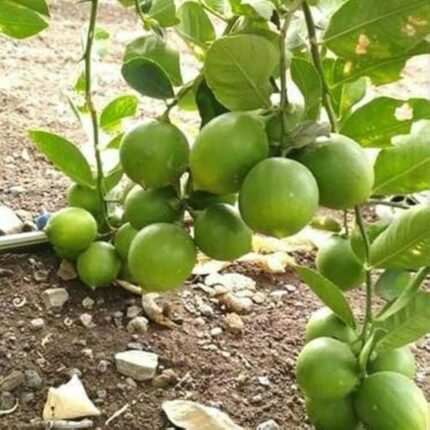
Kolkata Patti Lemon fruit plants
₹599 Original price was: ₹599.₹369Current price is: ₹369.
Miracle fruit plants
₹1,299 Original price was: ₹1,299.₹799Current price is: ₹799.
Category: Fruit Plants
Description
The “Miracle Fruit” (scientific name: Synsepalum dulcificum) is truly one of nature’s most fascinating fruits, not for its inherent taste, but for its extraordinary ability to alter the perception of taste. It’s often called “miracle berry” or “miraculous berry.”
Here’s a detailed description of the Miracle Fruit:
-
Appearance:
- Size and Shape: The fruit is a small, elongated berry, typically about 1 to 2 centimeters (0.4 to 0.8 inches) long, similar in size to a coffee bean or a small cranberry. It has an oval or ellipsoidal shape.
- Skin (Rind): The skin is thin, smooth, and glossy. It starts green and ripens to a vibrant, shiny bright red when fully mature.
- Internal Flesh: Beneath the skin, there’s a thin layer of white or creamy, slightly fleshy pulp.
- Seed: Each berry contains a single, relatively large, dark brown, hard seed that almost fills the entire fruit.
-
Taste and Texture (The “Miracle” Part):
- Inherent Taste: The fruit itself has a very mild, slightly sweet, and faintly tangy taste. It’s not particularly flavorful on its own.
- The Miracle Effect: The magic happens after you eat the fruit. The pulp contains a unique glycoprotein called miraculin. When you consume the fruit, miraculin binds to the sweet taste receptors on your tongue. For the next 15 minutes to an hour (the effect can vary), this protein causes subsequently eaten sour or acidic foods (like lemons, limes, vinegar, sour apples, grapefruit, even strong cheeses) to taste intensely sweet without altering their actual chemical composition. The sourness is suppressed, and sweetness is enhanced.
- Texture: The berry has a soft, slightly fleshy texture. The large seed is hard and should be discarded after the pulp has been thoroughly swirled around the mouth.
-
Botanical Characteristics and Origin:
- Miracle Fruit grows on a slow-growing, evergreen shrub or small tree that can reach heights of up to 5.5 meters (18 feet) in its native habitat, though it’s often smaller when cultivated.
- It is native to tropical West Africa (countries like Ghana, Nigeria, and Senegal), where it has been traditionally used by local communities for centuries to sweeten naturally sour foods and beverages like palm wine.
- The plant thrives in warm, humid, frost-free environments and prefers acidic, well-drained soil.
-
Seasonality:
- In its native tropical regions, Miracle Fruit can produce berries year-round, often having two main cropping periods after the end of the rainy season.
-
Nutritional Value and Health Benefits:
- The fruit itself is low in calories and sugar.
- It contains some Vitamin C and antioxidants (like polyphenols, terpenoids, and flavonoids).
- Its primary “health benefit” is its potential to reduce sugar consumption by making sour foods taste sweet without added sugars. This has generated interest for individuals managing diabetes or those looking to reduce caloric intake.
- It has also been explored for its potential to help chemotherapy patients who experience taste disturbances or metallic tastes, as it can temporarily restore the ability to enjoy food.
-
Culinary Uses (The “Flavor Tripping” Experience):
- Taste-Altering Parties: The most popular use is for “flavor tripping parties,” where people consume the berry and then experiment with eating various sour foods (lemons, grapefruits, vinegar, unsweetened yogurt, pickles) to experience their transformed sweet flavors.
- Natural Sweetener: It can be used to naturally sweeten acidic beverages like lemonade or fruit juices without adding sugar.
- Dietary Aid: Potentially used by dieters to enjoy the taste of sweet foods without the calories of added sugar.
- Culinary Experimentation: Chefs and food enthusiasts experiment with its unique properties in various dishes to create unexpected flavor combinations.
The Miracle Fruit is truly a wonder of nature, offering a unique and temporary alteration of taste perception that is both scientifically intriguing and delightfully fun

